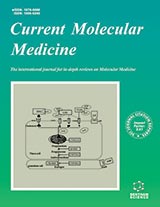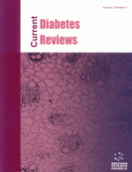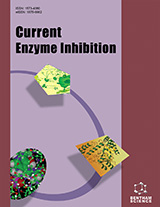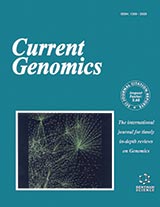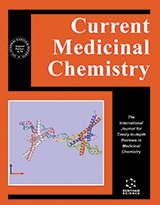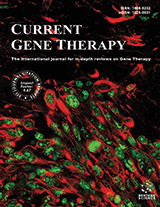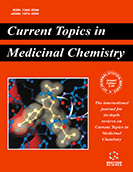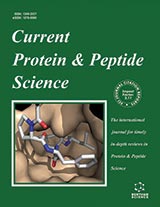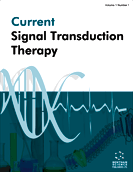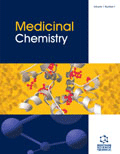Abstract
Spinal muscular atrophy (SMA) is caused by mutations that reduce the level of the survival motor neuron protein (SMN) resulting in death of alpha-motor neurons, yet it is unclear why these cells are preferentially affected by a reduction in this ubiquitously-expressed protein. In mouse models of SMA, one of the earliest events detected is defects at the neuromuscular junction (NMJ). Although NMJs are established at a normal frequency, there are structural as well as functional perturbations and a lack of maturation of the primitive synapse. These early defects are followed by loss of the NMJ, denervation of the muscle and onset of muscle atrophy. In this review, we discuss our current understanding of the contribution of NMJ dysfunction in SMA disease pathogenesis, and also provide an overview of therapies currently under preclinical and clinical development for treatment of SMA.
Keywords: Genetic disease, neuromuscular junction, pathogenesis, spinal muscular atrophy.
Current Molecular Medicine
Title:At the “Junction” of Spinal Muscular Atrophy Pathogenesis: The Role of Neuromuscular Junction Dysfunction in SMA Disease Progression
Volume: 13 Issue: 7
Author(s): B. B. Goulet, R. Kothary and R. J. Parks
Affiliation:
Keywords: Genetic disease, neuromuscular junction, pathogenesis, spinal muscular atrophy.
Abstract: Spinal muscular atrophy (SMA) is caused by mutations that reduce the level of the survival motor neuron protein (SMN) resulting in death of alpha-motor neurons, yet it is unclear why these cells are preferentially affected by a reduction in this ubiquitously-expressed protein. In mouse models of SMA, one of the earliest events detected is defects at the neuromuscular junction (NMJ). Although NMJs are established at a normal frequency, there are structural as well as functional perturbations and a lack of maturation of the primitive synapse. These early defects are followed by loss of the NMJ, denervation of the muscle and onset of muscle atrophy. In this review, we discuss our current understanding of the contribution of NMJ dysfunction in SMA disease pathogenesis, and also provide an overview of therapies currently under preclinical and clinical development for treatment of SMA.
Export Options
About this article
Cite this article as:
Goulet B. B., Kothary R. and Parks J. R., At the “Junction” of Spinal Muscular Atrophy Pathogenesis: The Role of Neuromuscular Junction Dysfunction in SMA Disease Progression, Current Molecular Medicine 2013; 13 (7) . https://dx.doi.org/10.2174/15665240113139990044
| DOI https://dx.doi.org/10.2174/15665240113139990044 |
Print ISSN 1566-5240 |
| Publisher Name Bentham Science Publisher |
Online ISSN 1875-5666 |
 36
36
- Author Guidelines
- Graphical Abstracts
- Fabricating and Stating False Information
- Research Misconduct
- Post Publication Discussions and Corrections
- Publishing Ethics and Rectitude
- Increase Visibility of Your Article
- Archiving Policies
- Peer Review Workflow
- Order Your Article Before Print
- Promote Your Article
- Manuscript Transfer Facility
- Editorial Policies
- Allegations from Whistleblowers
Related Articles
-
Sildenafil is Well Tolerated by Erectile Dysfunction Patients Taking Antihypertensive Medications, Including Those on Multidrug Regimens
Current Drug Safety Novel Therapeutic Strategy in the Management of COPD: A Systems Medicine Approach
Current Medicinal Chemistry Umbilical Cord Tissue Mesenchymal Stem Cells: Characterization and Clinical Applications
Current Stem Cell Research & Therapy Flavones as a Privileged Scaffold in Drug Discovery: Current Developments
Current Organic Synthesis Oxidative Stress as a Regulator of Murine Atherosclerosis
Current Drug Targets Neutrophil F-actin Dynamics in Familial Mediterranean Fever: The Unequal Effect of Colchicine on Activated Neutrophils
Anti-Inflammatory & Anti-Allergy Agents in Medicinal Chemistry Modulation of Inflammatory Response Improves Myocardial Infarct Healing in Rats
Current Pharmaceutical Design Natriuretic Peptides in Heart Failure and Post-Myocardial Infarction
Current Hypertension Reviews Cardiovascular Magnetic Resonance for Evaluation of Heart Involvement in ANCA-Associated Vasculitis. A Luxury or a Valuable Diagnostic Tool?
Inflammation & Allergy - Drug Targets (Discontinued) Genetic Variations of the Hemostatic System as Risk Factors for Venous and Arterial Thrombotic Disease
Current Genomics Antimalarial Drugs and their Useful Therapeutic Lives: Rational Drug Design Lessons from Pleiotropic Action of Quinolines and Artemisinins
Current Drug Discovery Technologies The Role of Colchicine in Pericardial Syndromes
Current Pharmaceutical Design An Overview of Neolignans of the Genus Piper L.: Isolation Methods and Biological Activities
Mini-Reviews in Medicinal Chemistry Targeting Metabolic Enzymes in Cancer – Clinical Trials Update
Current Enzyme Inhibition Cardiac Resynchronization Therapy in Children
Current Cardiology Reviews Biomarkers Associated with Vulnerable Atheromatous Plaque
Current Medicinal Chemistry Curcumin: the Yellow Molecule with Pleiotropic Biological Effects
Letters in Drug Design & Discovery Neuroprotective Actions of Flavones and Flavonols: Mechanisms and Relationship to Flavonoid Structural Features
Central Nervous System Agents in Medicinal Chemistry Alzheimer Disease and Type 2 Diabetes Mellitus: The Link to Tyrosine Hydroxylase and Probable Nutritional Strategies
CNS & Neurological Disorders - Drug Targets Understanding the Language of Vitamin C
Current Nutrition & Food Science


